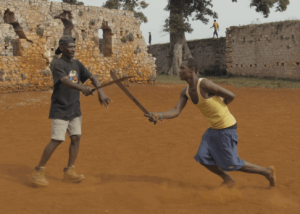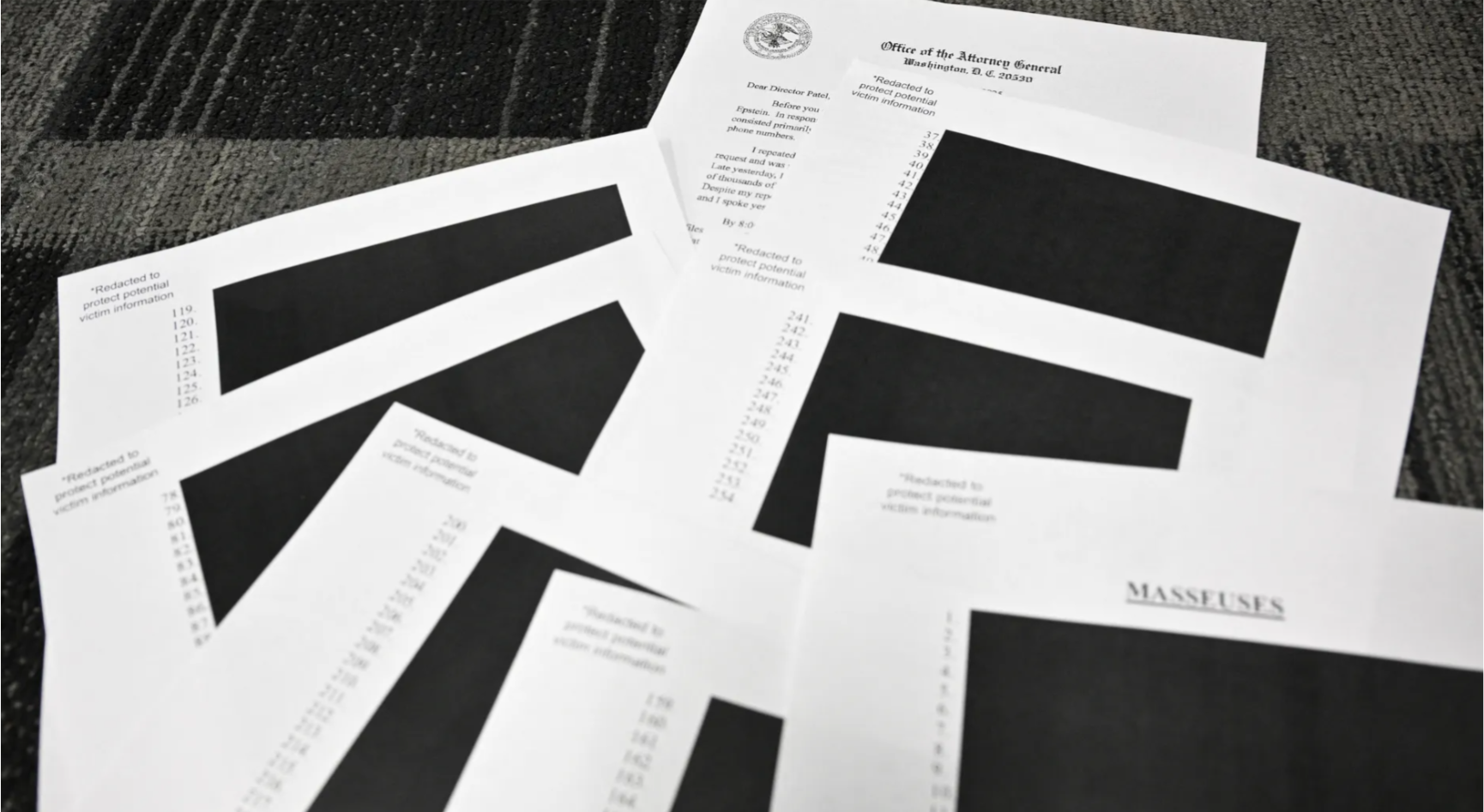(ThyBlackMan.com) In any culture the martial arts have played a huge part in identity and pride. The ancient Greeks and Romans had wrestling and boxing. The Japanese developed sumo which was popular among all classes but mainly practiced among the military for display to nobles.
Black people have a similar relationship to the martial arts. Whether it is armed or unarmed combat, there exists a form that is distinctly Black in origin. The purpose of these fighting styles is also the same in that self-defense is key. Over time, some of these styles became sport or were implemented into rites of passage.
Still there are styles that are just being discovered within the last decade. One main reason is that training doesn’t happen established but in open spaces where locals are brought in. There might be a progression or ranking system missing. The style might simply be handed down to chosen proteges who preserve it. There might not even be an application for it in organized sports such as MMA.
As it would so happen with Black people in the New World, fencing would come about using an everyday tool. It would be very similar to Okinawan farmers being forbidden from training in hand-to-hand combat and weapon arts but developing their tools into weapons we recognize to day via their use in karate.
Grima: Colombian Machete Fencing
One style that was formed out of necessity as a form of self-defense is Grima. The style has its roots in Africa where young boys practiced a native form of fencing using sticks. While this initially hovered between play and actual training, by the time they came of age they were steadily training in stick fighting as a form of combat.
When the Atlantic slave trade began, Spain staked its claim in what is now the Caribbean, Latin and South America as did Portugal, France, and eventually England and Holland. It was in these areas where sugar cane was big money for the Spanish and Africans could harvest it in bulk.
There were also hills abundant with gold and other precious goods. This area of the U.S. was the jackpot for European exploration and resulted in slavery on a mass scale, frequent wars, and piracy.
With Africans in this far away land, many hung on to cultural rites. Belief systems were preserved and even mixed in with that of their captors, celebrator customs changed over time, and the art of war was tweaked as needed.
Of course, there is also the theory that Blacks developed the style after seeing European fencing. In reality it could be a mix of the two: using the intricate yet powerful movements of stick fighting and changing to a more effective weapon available to you.
It wasn’t until the Wars of Independence in the early 19th century that the threat of the machete was seen. With African miners making up a significant amount of the rebel force and being familiar with the terrain, they wreaked havoc with their blades effectively.
Today, Grima—like so many martials—has spiraled into a number of distinctive styles. Some focus on close-up combat to end a fight as quickly and decisively as possible. Others focus more heavily on parrying, countering, evading, and generally waiting out your enemy.
Tire Machèt: Haitian Machete Fencing
Same origins but a different place. Tire machet is a fencing style that stuck fear in opponents. In Haiti, the main cash crop was sugar cane and a strong hand clutching a sharp blade was needed to harvest them.
Just like in grima, it became the more effective substitute for the main weapon used in stick fighting. Unlike grima, there is little debate that European fencing systems of the time served as some influence for tire machet.
This style also came to prominence in the same way: a war for independence. During the Haitian Revolution, it was difficult for many of Toussaint L’Ouverture’s forces to get their hands on firearms. When they did, it came from raiding armories or from fallen opposition.
That’s where the machete came in. Given the grisly damage that can be done with this weapon, it was enough to put some fear into the hearts of the French. Factor in that the slaves knew the island. Similar to the trouble that the Maroons gave the British in Jamaica around the same time, Black Haitians were the boogey man the French couldn’t see until it was too late thanks to L’Ouverture’s focus on guerilla tactics.
Following the Revolution, the practice of tire machet continued but was open only to a few. The style was also taught in private, so it wasn’t discovered until centuries later. This was well after Asian martial arts started to become mainstream in the West.
The progression of mastery in tire machet involves months of stick fighting before moving on to machetes. One could have fundamental skill in roughly a month but dedication to the art would eventually lead to the “Secret of Dessaline” test. Here, the prospective master would fight either in the dark or blindfolded with machetes.
Machete Fencing to the World
Machete fencing has deep roots in South American and Caribbean Black history and revolution. With the isolation of Haiti, tire machet was a total mystery. It wasn’t until early in the last decade that tire machet opened up. Alfred Avril, also known as “Professor,” was contacted by the founders of Haitian Machete Fencing Project in 2004. After regular contact with the two, Professor agreed to let them train with him and his students as well as film sessions.
This eventually led to the acclaimed documentary Papa Machete in 2014. Grima and tire machet are but two of the well-known styles of fencing that originated with Blacks during slavery and they’re definitely just the tip of the iceberg for Black martial arts in general.
Staff Writer; M. Swift
This talented writer is also a podcast host, and comic book fan who loves all things old school. One may also find him on Twitter at; metalswift.

















Leave a Reply